A shop-in-shop creates a branded area in retail
1000 words
#shopinshop #display #retail
May 2025 — bh
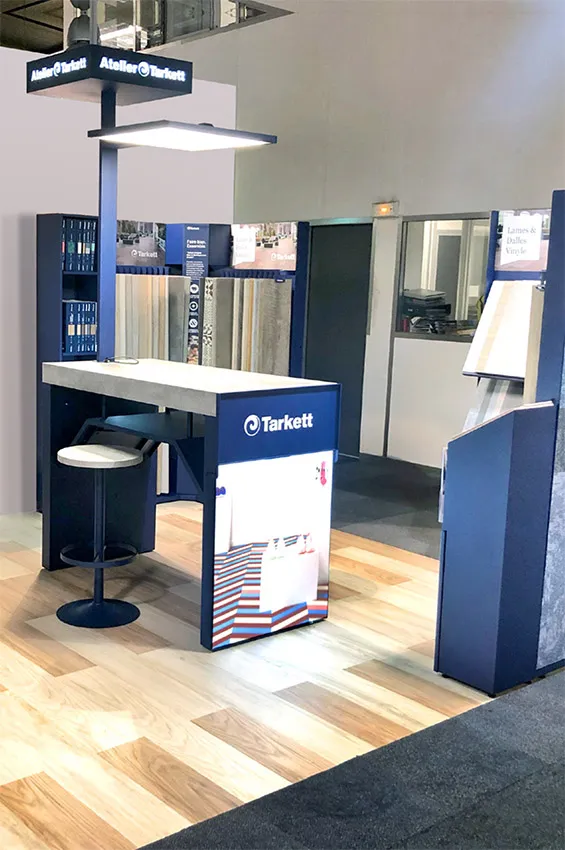
Brand manufacturers and retail companies are constantly looking for ways to stand out. One concept that supports this goal is the shop-in-shop: literally, a shop within a shop.
In this model, a brand creates its own recognizable and larger-scale space within an existing store to present its range in a more visible and appealing way.
Why do brands and retailers choose this distribution model? What makes it so appealing? And what factors determine its success?
In this article, we explain exactly what a shop-in-shop is, what advantages it offers to both the brand manufacturer and the host, and what you need to consider to make it work.
Pilotes specializes in the design of commercial furniture, displays, and merchandising solutions for retail and stores. We offer 100% customized point-of-purchase materials tailored to the in-store projects of brand and retail. Because we care about the climate and environment, we analyze the lifecycle of each project to avoid, reduce, and offset its impact 🌍🌿
Do you have a project planned? Contact us and let’s bring your vision to life together!
What is a shop-in-shop?
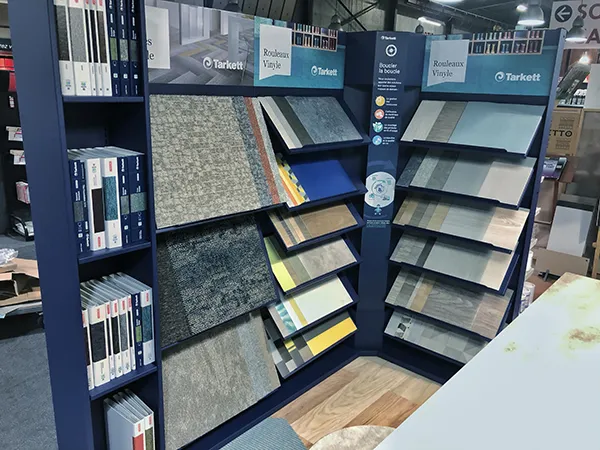
A shop-in-shop means, in concrete terms, that a department store, hypermarket or large specialty store allocates part of its retail space for an independent brand presence. The brand furnishes that area in line with its own identity and style. This results in a standalone mini-store within a larger retail space that reflects the brand’s image.
For example, a cosmetics brand might have its own display island in beauty stores, or a fashion brand could set up a branded corner inside a department store. As a result, the brand benefits from existing foot traffic, while the host retailer can expand its range without major risk or investment.
Why is the shop-in-shop concept so attractive?
The shop-in-shop model creates a clear win-win. For the host, it brings a more engaging shopping experience, a more diverse offering, and increased customer relevance. At the same time, brands enjoy greater visibility and new sales opportunities in prime locations — without the high costs of running their own retail network.

Benefits for the host retailer
For shops that host a brand, the advantages include:
- Diversifying the offer: Hosting multiple brands makes the product range more attractive, varied, and dynamic — without the need to manage every detail in-house.
- Maximizing retail space: Leasing part of the store generates extra income while making better use of the available space.
- Increased appeal: Strong, recognizable brands attract new visitors, often leading to higher sales across the whole store.
- Improved positioning: Collaborating with innovative or well-known brands boosts the store’s image and positions it as forward-thinking.
- Cost savings: The host typically doesn’t need to invest in the furnishing or staffing of the brand’s area — this is usually managed by the brand itself. In a consignment model, the store only pays for stock once the customers make purchases.
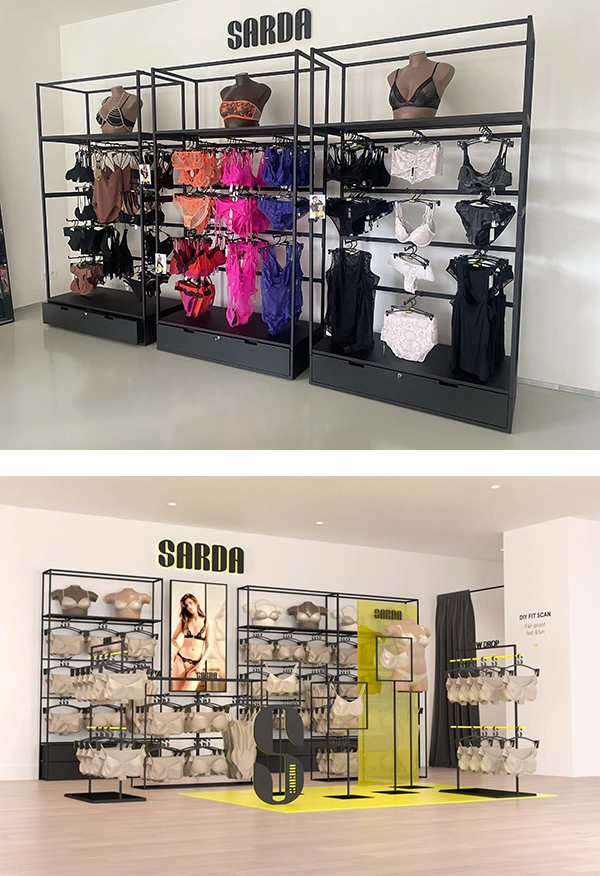
Benefits for the brand
For manufacturers, a shop-in-shop strategy also offers strong advantages:
- Immediate visibility and reach: Brands benefit from the host store’s existing foot traffic, reducing the need for costly marketing and acquisition.
- Cost-effective presence: Especially for brands without their own stores, this is a low-barrier way to enter high-footfall locations without the financial risk of opening standalone stores.
- Opportunity to test: New products, collections, or concepts can be tested in a controlled setting — offering valuable real-world feedback.
- Direct customer interaction: Brands can use their own staff or ambassadors to engage directly with shoppers, explain products, and enhance the overall experience — something harder to do online or via self-service formats.
How to create a successful shop-in-shop?
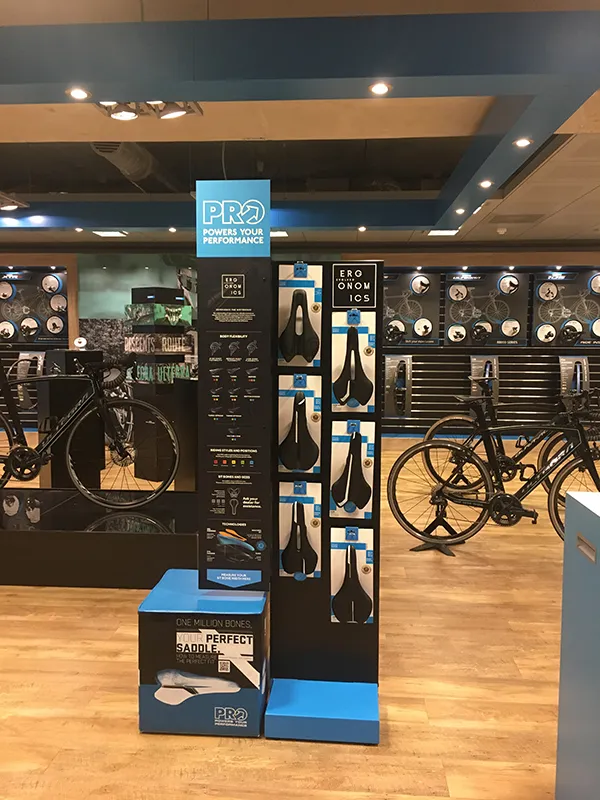
Setting up a successful shop-in-shop takes careful planning. Here are the essentials:
1. Choose the right host
Find a store whose image and target audience align with your brand. Shared goals, clear expectations and solid agreements are essential for a successful collaboration, as both parties become mutually dependent.
2. Pick a strategic location inside the store
Your space should be visible, easy to access, and ideally placed near complementary products.
3. Design with the brand in mind
The look and feel should reflect your identity. Wood adds warmth and natural appeal, while metal and glass give a sleek, modern vibe. Finishing details enhance the visual experience.
More and more, customers expect sustainable materials and eco-conscious design.
4. Use space wisely
A smart layout with clearly defined product zones enhances the customer journey. Modular furniture allows for quick adaptation to the unique shape and layout of the allocated space, helping to avoid custom work or on-site measuring and adjustments.
5. Invest in quality finishes
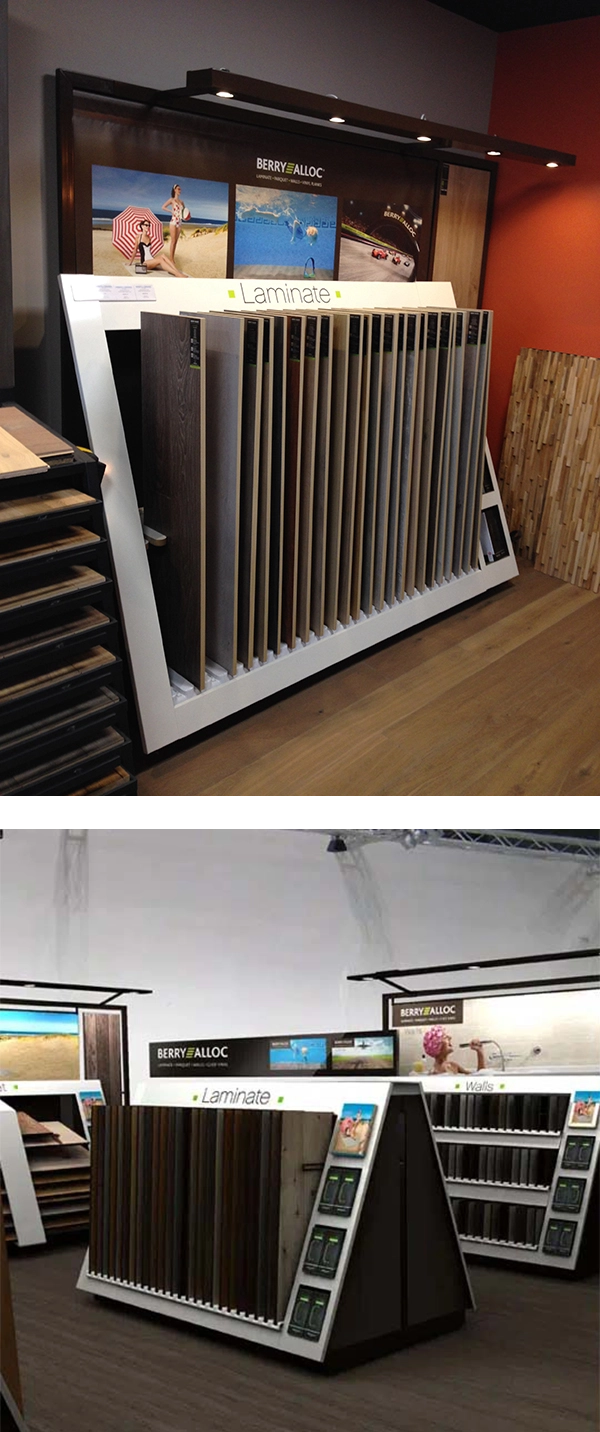
High-end materials and thoughtful textures make a lasting impression and elevate the brand experience.
6. Clear and creative signage
Make it easy for customers to find and understand your offer. Use brand-consistent visuals, and consider digital elements for added impact.
7. Set the right mood with lighting
Lighting is more than functional — it brings products to life and shapes the atmosphere. Use a mix of ambient, accent, and task lighting for the best effect.
8. Make the space feel easy to explore
Keep the layout open and inviting. Customers should be able to browse freely, move comfortably, and try out products with ease.
9. Prepare for deployment
Larger retailers, such as department stores, may have specific requirements for planning and installing your space. Be ready to align with their logistics and timelines.
Conclusion
The shop-in-shop concept combines the power of an established retail setting with the control and branding of a dedicated space.
For brands, it means more visibility and direct customer contact. For retailers, it brings variety and additional revenue.
When thoughtfully executed — from the right partner to the right layout — a shop-in-shop becomes a smart, future-proof investment.
Curious how we can bring your shop-in-shop to life? Contact us today.






